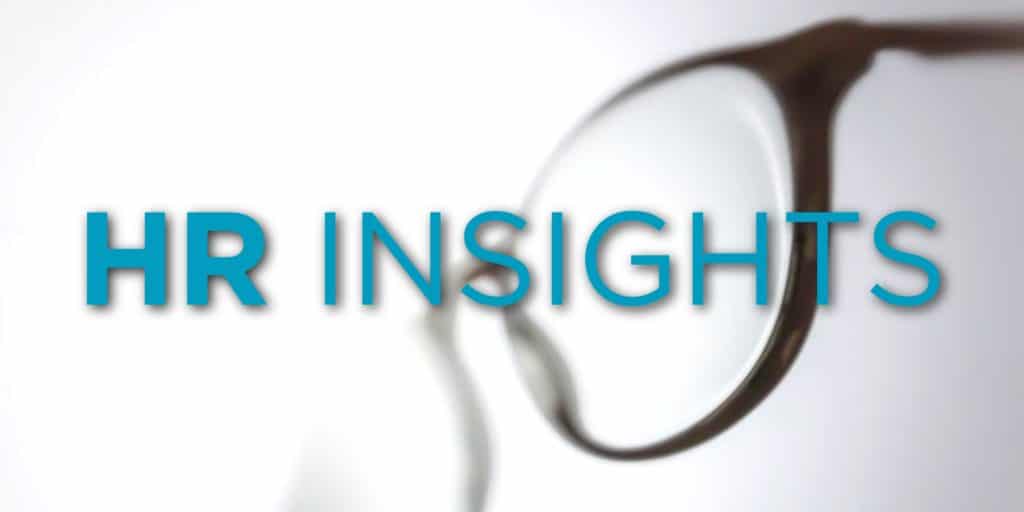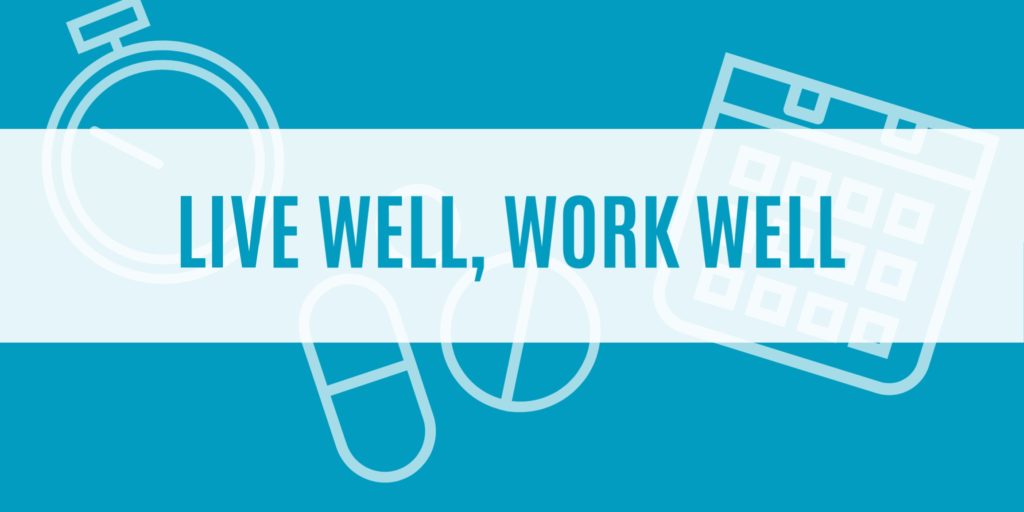 This toolkit serves as an introduction to workplace stress and provides several ways that employers can address and mitigate stress in the workplace. It is not intended as legal or medical advice and should only be used for informational purposes.
This toolkit serves as an introduction to workplace stress and provides several ways that employers can address and mitigate stress in the workplace. It is not intended as legal or medical advice and should only be used for informational purposes.
Introduction
According to a Gallup poll, 55% of Americans experience stress daily—making the United States one of the most stressed-out nations in the world. While some stress isn’t necessarily bad for employees’ health, chronic stress can cause negative long-term health effects. Employees will experience stress in all areas of their lives but consistently cite work as their top stressor. In fact, 64% of U.S. adults reported work as their top stressor in 2019.
 In response to the COVID-19 pandemic, day cares and schools shut their doors. Months later, child care centers remain closed in many parts of the country, which means that parents are tasked with juggling caregiving and work responsibilities.
In response to the COVID-19 pandemic, day cares and schools shut their doors. Months later, child care centers remain closed in many parts of the country, which means that parents are tasked with juggling caregiving and work responsibilities. This toolkit serves as an introduction to workplace stress and provides several ways that employers can address and mitigate stress in the workplace. It is not intended as legal or medical advice and should only be used for informational purposes.
This toolkit serves as an introduction to workplace stress and provides several ways that employers can address and mitigate stress in the workplace. It is not intended as legal or medical advice and should only be used for informational purposes. Even though the brain and the heart are located far from one another in the body, they are intrinsically connected and have a significant impact on how each other functions.
Even though the brain and the heart are located far from one another in the body, they are intrinsically connected and have a significant impact on how each other functions. The coronavirus (COVID-19) pandemic has upended the entire world, it seems. With fluctuating infection rates and conflicting official guidance, organizations will need to adapt quickly if they want to succeed in the post-coronavirus landscape.
The coronavirus (COVID-19) pandemic has upended the entire world, it seems. With fluctuating infection rates and conflicting official guidance, organizations will need to adapt quickly if they want to succeed in the post-coronavirus landscape. Many employers seek the benefits of a diverse and inclusive workplace, but struggle to overcome challenges such as bias.
Many employers seek the benefits of a diverse and inclusive workplace, but struggle to overcome challenges such as bias.